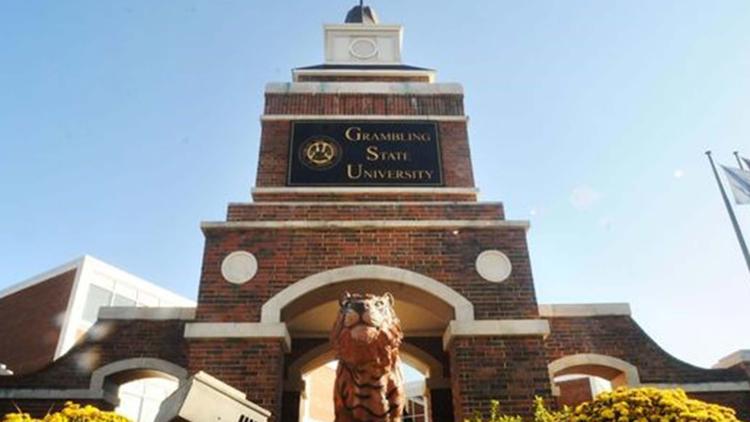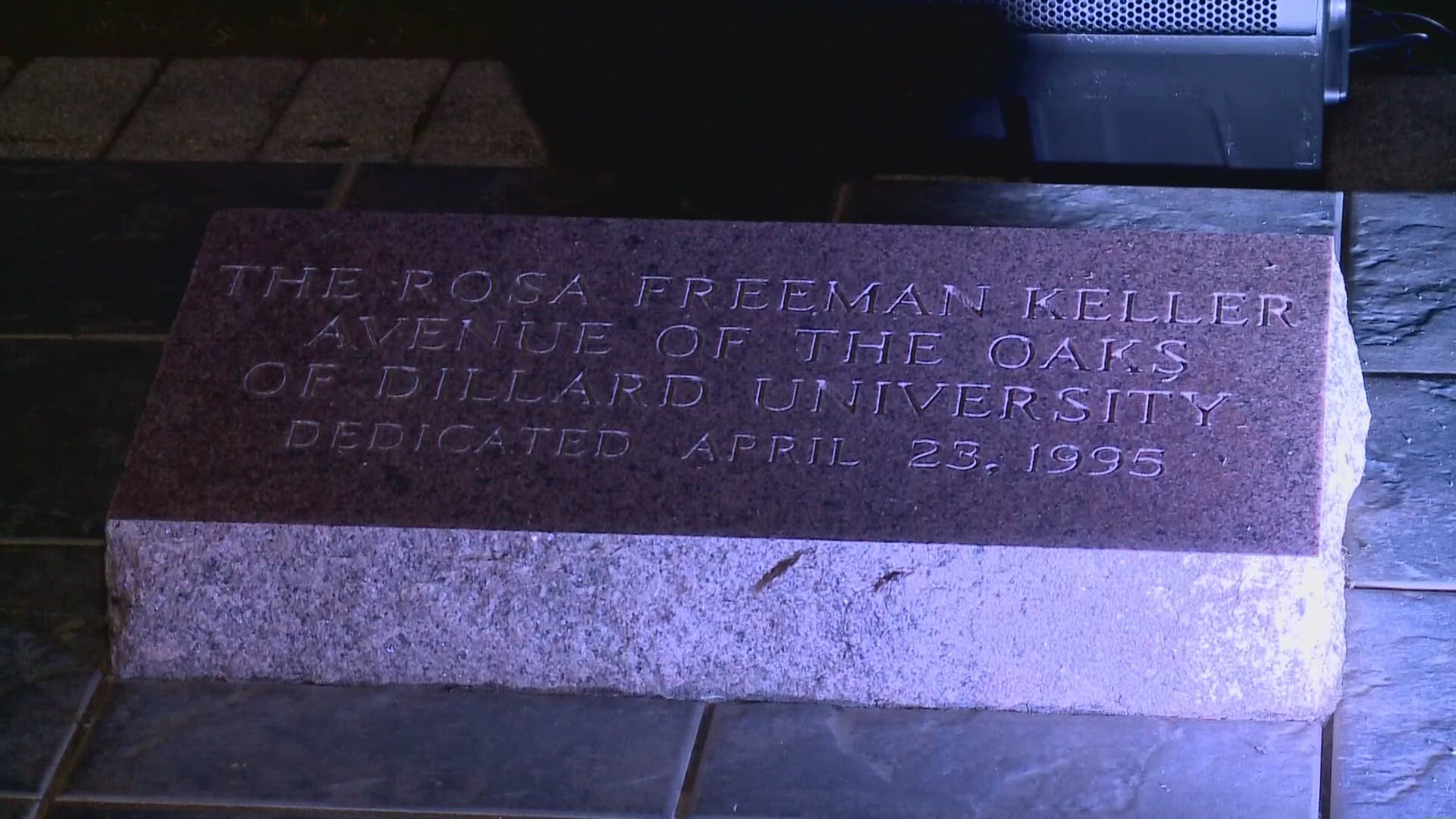A committee of the Louisiana Board of Regents has placed four schools on “fiscal watch” based on low scores on a 0-to-5 scale for fiscal health. One school scored a zero.
Regents staff examined the most recent state audits for 36 public institutions in Louisiana’s four higher education systems. The scores range from 0 or "poor financial health" to 5, which is "excellent financial health."
The four lowest-scoring schools were:
- 0: Southern University at New Orleans.
- 1: Louisiana State University Health Sciences-Shreveport.
- 1.3: Grambling State University.
- 1.4: Southern University at Shreveport.
Answers as to why the schools fared so poorly are expected to come Sept. 21 during Board of Regents budget hearings. Leadership at the four schools are required to submit written corrective action plans to the board during those hearings.
Matt Adams, a policy analyst with the Board of Regents, said the corrective action plans are to include causes for financial stress and details about how leadership plans to operate within that stress and eventually come out of it.
"We're going to find a little more insight (into the schools' situations)," Adams said. "Right now it's based on mathematical financial ratios."
The board's Planning, Research and Performance Committee placed the schools on "fiscal watch" Aug. 24 according to an "accountability model" used by the Ohio Department of Education since 2000, regents staff said. The 0-to-5 (poor-to-excellent) scoring system is part of a financial health analysis of Elevate Louisiana: The New Reality for Higher Education.
Looking statewide
Not all Louisiana schools are in bad fiscal shape. The Louisiana Community and Technical College System is in the best financial health and boasts schools with the highest scores. The only two in the state to receive a score of 5 were South Louisiana Community College and Sowela Technical Community College.
The system averages ranked as follows:
1.8: Southern University System.
2.9: LSU System.
3.01: University of Louisiana System.
3.96: Louisiana Community and Technical College System.
Those scoring at least a 4 — one under the score for "excellent financial health" — were LSU Health Sciences Center-New Orleans (4.3), McNeese State in Lake Charles (4), Baton Rouge Community College (4.5), Bossier Parish Community College (4), Delgado Community College (4), Nunez Community College (4.5), Fletcher Community College (4), Northshore Technical Community College (4), River Parishes Community College (4.5) and South Central Louisiana Technical College (4).
Read more: $2.7M grant to help SLCC better serve African-Americans | Fewer students are enrolled in Louisiana colleges | La. community college ranked in recent survey
The Elevate Louisiana initiative was adopted by the Board of Regents in December to “serve as the foundation for the future direction of Louisiana higher education,” according to the board. It called for the development and adoption of a policy on financial early warning systems and financial stress.
The financial health scores are based on year-end audited financial statements for each higher education system. Staff used the most recent audits available against a set of standards created to measure and monitor the financial health of campuses, using Ohio's model as framework.
It takes in such data as expendable net assets, total long-term debt, total revenue, operating and non-operating expenses and changes in total net assets. Staff use this data to create three ratios — viability, primary reserve and net income ratio — from which four scores are generated for each campus.
They’re weighted differently and are used to come up with a final composite score ranging from 0 (poor health) to 5 (excellent health). In Ohio, a score of 1.75 or lower for two consecutive years results in an institution being placed on fiscal watch, which the staff recommended to the regents. But committee members chose to act immediately on the four lowest-scoring schools rather than wait two years.
A closer look
Southern President-Chancellor Ray Belton told a committee of the Board of Regetnts that recurring cuts from the state, drops in enrollment from higher admissions standards from the GRAD Act and higher tuition have "wreaked havoc" on Southern institutions. SUNO has experienced all that while "still being in a state of recovery" from Katrina, he said Aug. 24.
The system's 2014-15 state audit also notes such factors, such as $7.1 million in continuing construction projects for buildings damaged by Katrina.
The audit showed total revenue decreased $19 million (8.1 percent), while total expenses decreased only $3.9 million (1.6 percent).
Operating revenue decreased by $1.6 million or 1.3 percent, primarily due to decreases in net tuition and fees, federal grants and contract revenues, and other sources of operating revenue.
Non-operating revenue was down, too — $17.4 million or 15.4 percent — primarily because of a 20-percent decrease in state appropriations and 3-percent decrease in federal funds, according to the audit.
The LSU System did not have the same problem as Southern when it came to revenue and expenses. It did lose a lot of revenue – a decrease of $114.6 million – but operating expenses declined by more, $195.2 million. And while Southern's schools saw a decline in enrollment from fall 2013 to 2014, the state's flagship system saw its student population grow.
The main decrease in operating revenue at LSU schools occurred at the Health Care Service Division and the LSU Health Sciences Center in Shreveport, which received a financial health score of 1, due to the continued transitioning of the management of the hospitals to public/private partnership models, according to the state audit.
The decrease in revenue for those two entities was about $175.5 million, but it was offset by operating revenue increases at different campuses from raising tuition and fees or seeing increased grants, contracts, sales and services.
The UL System saw a 39-percent decrease from June 2014 to June 2015, according to its state audit. Total expenses exceeded revenue by $22.9 million.
The system continues to cut costs and increase revenue through tuition and fees to reduce the impact of ongoing state budget cuts. Operating revenue increased by more than $811,000 (7.3 percent), while operating expenses dropped 1 percent.



